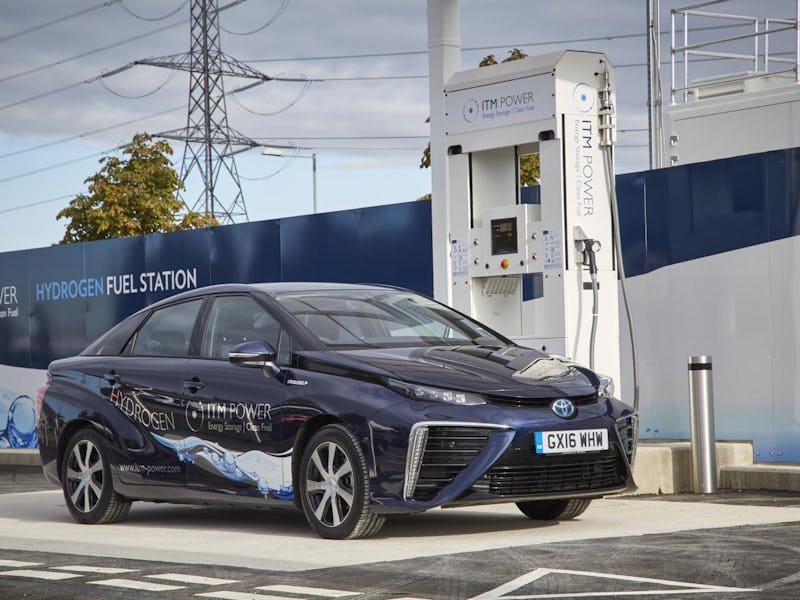Electric Cars Could Get Way Cheaper as Researchers Design Better Fuel Cells
This method is 100 times cheaper.

Electric cars are the key to ushering in a clean and sustainable era of transportation. However, there is a major issue standing in the way, as the fuel cells needed to power these cars remain too expensive to produce for electric cars to ever be a budget option. That means the majority of car owners are stuck with the old internal combustion.
Scientists at the University of California, Riverside may now have developed a way to sidestep one of the key drivers of that massive cost. Fuel cells generate power by converting the chemical energy inside of a mineral into electricity through a chemical reaction. In order to kick off this reaction, fuel cells need a catalyst that is made from the precious metal platinum. Eliminate the need for platinum, and the cost drops.
In a paper published in the peer-reviewed journal Small, researchers were able to develop an inexpensive catalyst for a polymer electrolyte membrane fuel cell, which turns the energy stored inside of hydrogen into electricity. This new component can be made from carbon nanofibers and an abundant metal like cobalt, making it 100 times cheaper than using platinum.
This advance will make fuel cells an even more viable solution to powering electric cars. They only emit water as a byproduct and run silently compared to combustion technologies. The ability to produce fuel cells more cheaply will only help increase their more widespread adoption in the future.
“An important challenge in making high-performance vehicles is reducing weight, both from the body of the vehicle as well as extra weight from the battery or fuel cell, without affecting safety or performance,” said UC Riverside professor David Kisailus in a statement. “The material we created may enable automakers to turn structural components, such as the hood or the chassis, into functional elements that help power cars.”
The researchers used a special technique called electrospinning to thread together ultra-thin sheets of carbon nanofibers that have metal ions from cheap metals like cobalt mixed in. When they heated up their creation they found that it worked as a catalyst just as well as the platinum-carbon systems.
The discovery of an economic means to produce fuel cells gives electric car producers even more cost-effective options in terms of powering their vehicles. This makes a future of mass-produced electric vehicles even closer to reality.
Hi there. You’ve made it to the bottom of this story! Speaking of which… we’re giving away an epic $5,000 ski trip to Banff, Alberta. Click here to enter! ⛷